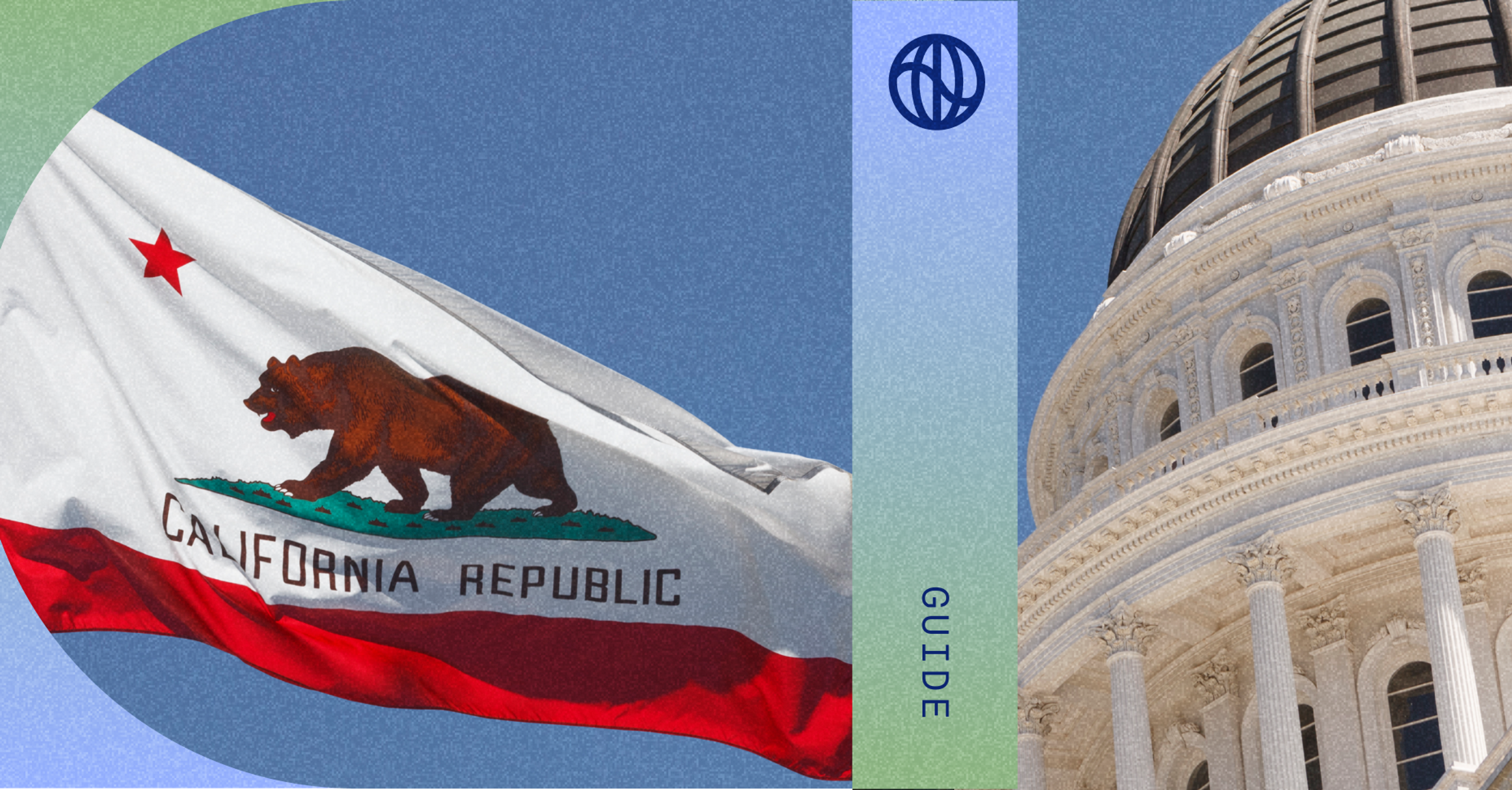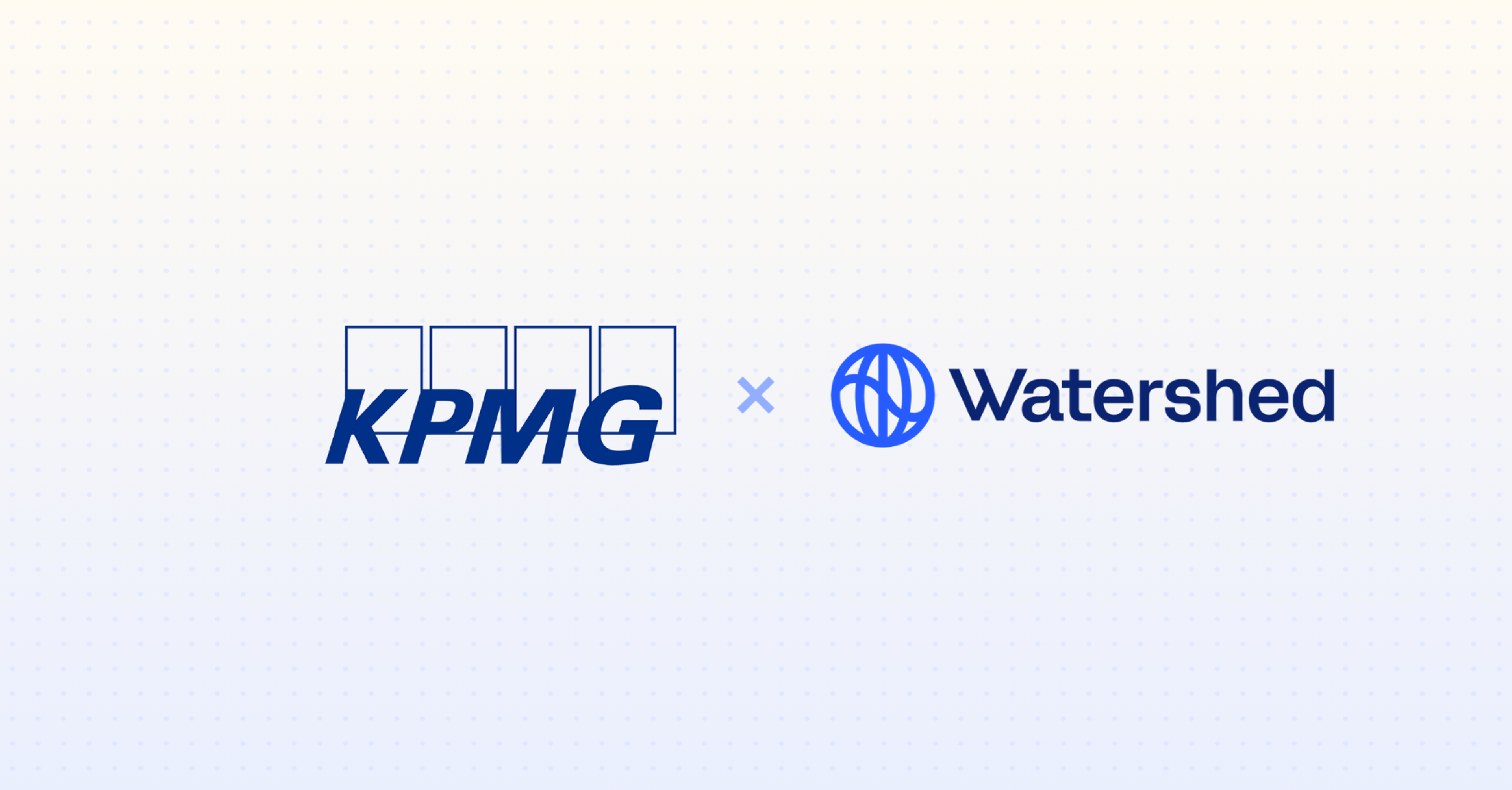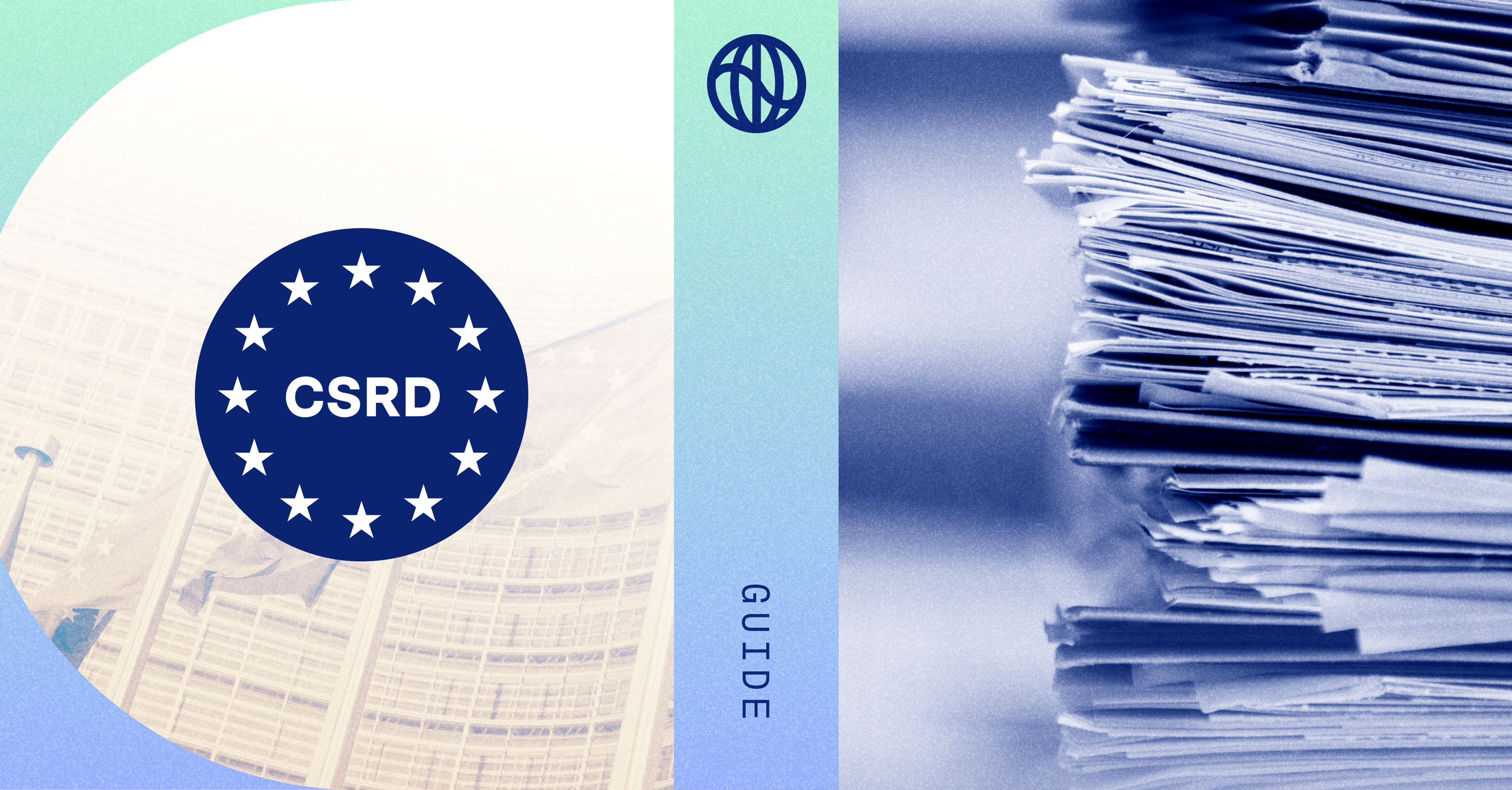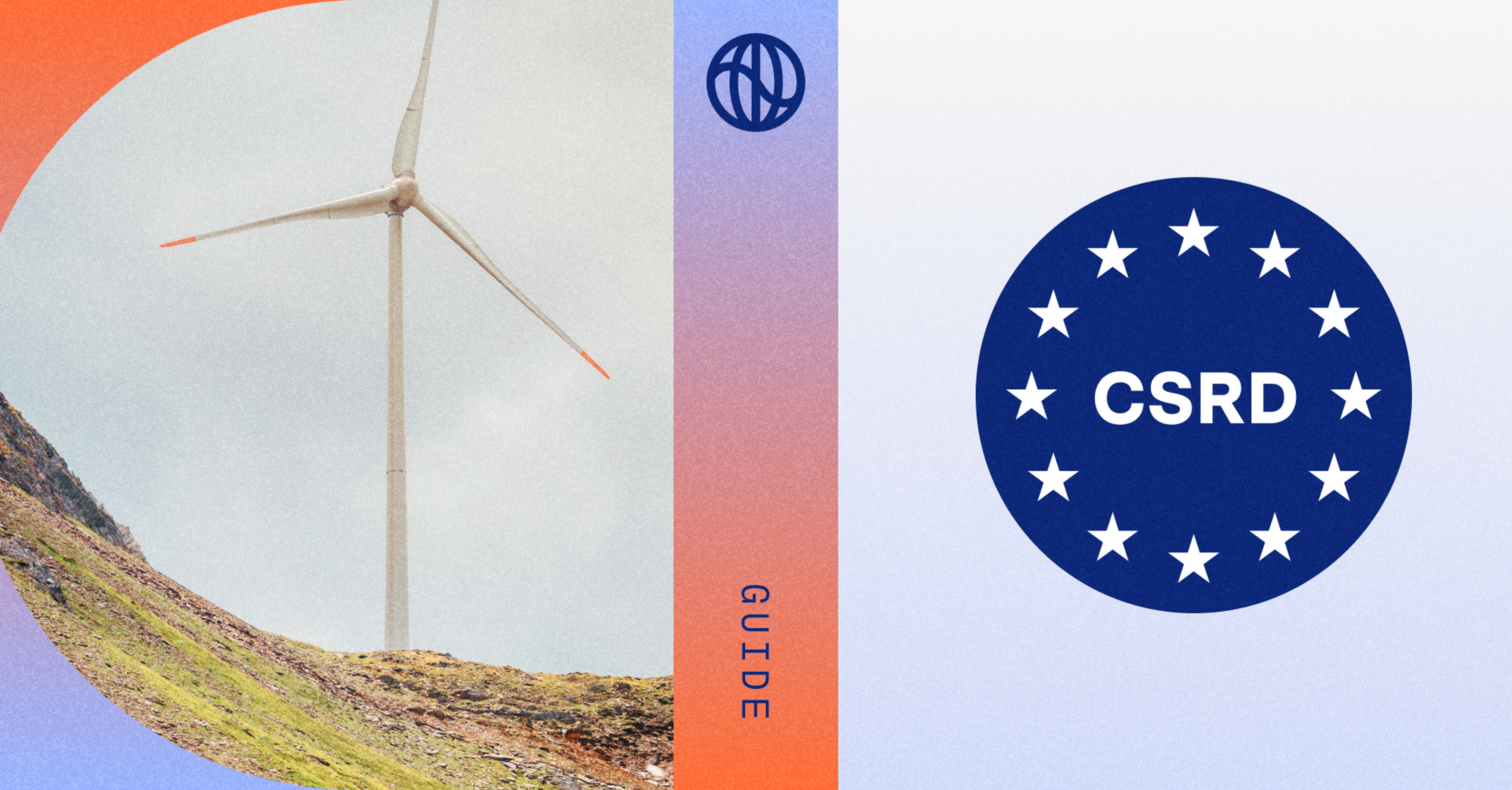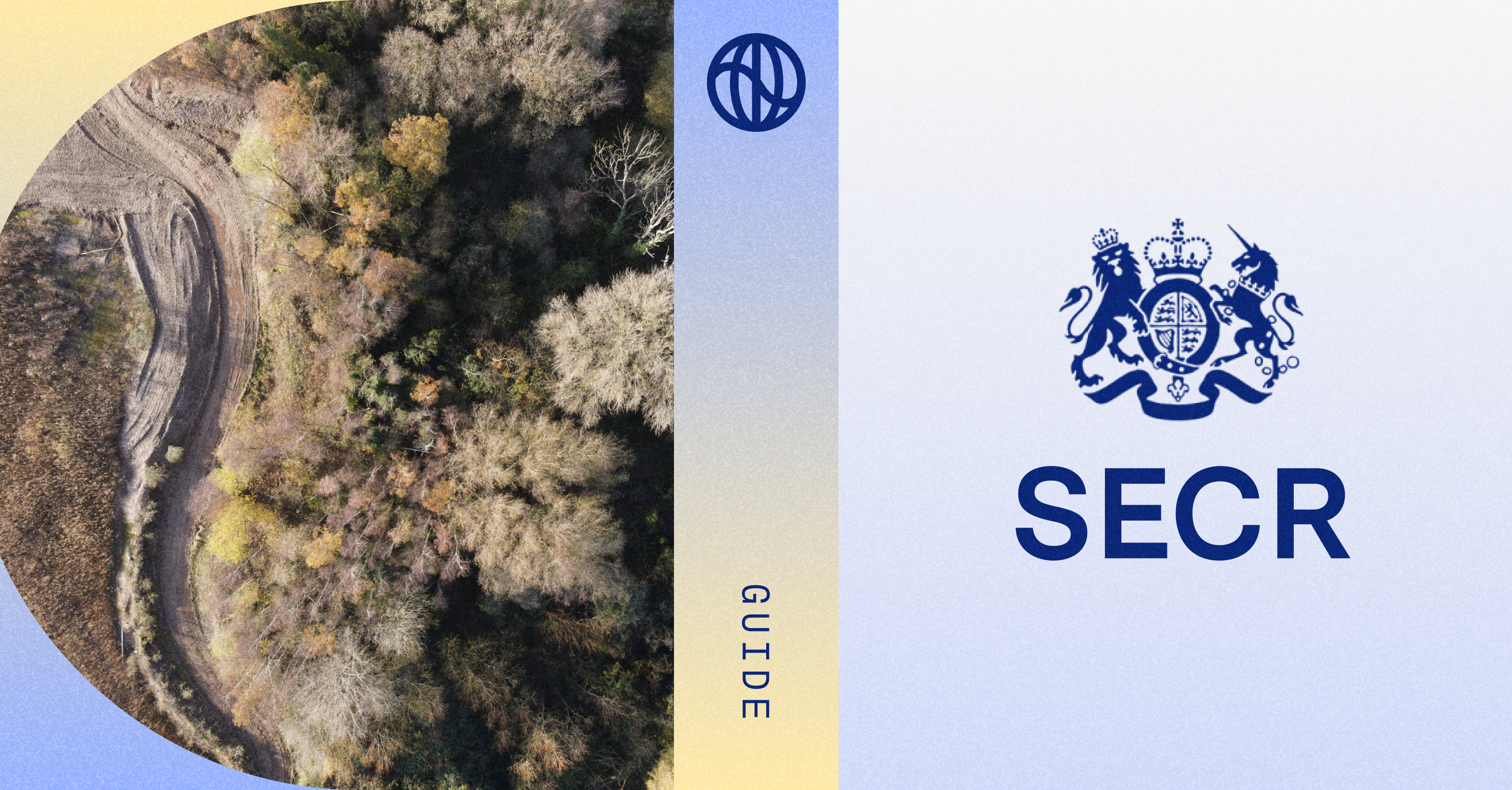The Science Based Targets initiative (SBTi) unveiled the second draft of its Corporate Net Zero Standard 2.0 on November 6, 2025. Building off feedback collected after the first draft published earlier this year, the updated draft maintains SBTi’s scientific rigor while offering flexible pathways that help organizations reduce their most material emissions and turn ambition into action.
Changes to the latest draft include:
- Tiered target requirements based on company size and geography
- Expanded scope 1 to 3 reduction pathways
- Heightened disclosure & assurance expectations
Read on below for a detailed breakdown of the draft.
SBTi’s new standard takes effect in 2028
Companies setting new targets can continue using the current version of the SBTi’s Corporate Net Zero Standard through December 31, 2027, though early adoption of the updated version is encouraged once it is finalized. Starting January 1, 2028, all new targets must align with the new standard.
- Companies with existing commitments remain governed by the version in effect at the time of their submission.
- Companies with existing near term targets can keep them valid until the end of their target timeframe.
Sustainability leaders should use this window to understand the upcoming changes and plan for a smooth transition. A public comment period commenced with the proposal and will close on December 12, 2025 (11:59PM PT).
What’s changed in the new SBTi standard
New tiered requirements and cyclical validation model
The latest draft includes tiered target requirements based on company size and country. Companies are placed in one of two categories: Category A or Category B (see page 11 of the draft to determine your category). All companies must set near term targets, and Category A companies must set long term targets.
The new validation model includes “Entry checks” wherein SBTi reviews foundational criteria and carries out optional spot checks. A visualization of the process can be found on page 13 of the draft.
Changes for scope 1-3 targets
Businesses will need to rethink how they set and structure targets under the draft standard.
Scope 1 targets
The revised draft standard introduces dedicated scope 1 target-setting requirements and more granular pathways. Companies can now choose from three approaches to scope 1 reductions:
- Linear reduction to net zero
- Increasing the share of low-carbon activities, specifically low carbon heat and transport
- Asset Decarbonization Plans, which are roadmaps to decarbonize assets based on technological readiness and supported by company-specific carbon budgets
Scope 2 targets
The updated draft raises the bar for low-carbon electricity (≤0.024 kg CO₂/kWh is considered low-carbon), requiring companies to align with 100% low-carbon electricity by 2040 at the latest.
The draft clarifies the expectations for credible contractual instruments (EACs), geographic matching, and hourly matching (which will happen in phases starting with the largest power users).
Companies may also set additional emissions-metric targets on electricity using either the location-based or market-based scope 2 emissions metrics and, where applicable, targets on steam, heat, and cooling. Unlike the first draft, location-based emissions targets are now an option, not an obligation, for scope 2.
Scope 3 targets
The updated draft standard evolves how companies address scope 3 emissions via three approaches:
- Emissions intensity: How much CO₂e you produce per unit of what you do. Examples include emissions per dollar of gross profit or per mile traveled.
- Activity alignment: Ensuring that the emissions from a specific activity (like producing steel or transporting goods by plane) are consistent or better than benchmarks in reference pathways, such as the IEA NZE or SBTi's Aviation pathway.
- Counterparty alignment: Achieved when a supplier, customer, franchisee, lessor, or lessee has a net zero by 2050 target (or is setting one) and can show real, measurable progress toward that target.
These approaches do a better job of capturing diverse mitigation strategies. Different approaches are relevant to different categories within scope 3 (see pages 31 - 35 in the draft for category-level details).
Near term targets require the inclusion of any scope 3 category that is ≥5% of total scope 3 emissions, as well as priority emission sources (referred to as emissions-intensive activities in the first draft).
Long term targets require 100% coverage, where the focus shifts from alignment targets (achieving a specific outcome aligned with benchmarks to reach net zero) to absolute reduction targets (lowering total emissions by a set amount).
To enhance transparency, companies are to report on mitigation efforts across four levels—activity, counterparty, activity pool (shared group of physical emissions sources you rely on, but where you can’t trace which specific source served you), and sector—reflecting varying data quality and intervention types across their value chains.
This draft also introduces limited exclusions for low-impact or low-influence emissive activities (e.g. employee commuting; upstream emissions from purchased electricity), as well as the selective use of high-quality EACs within scope 3.
Heightened disclosure expectations
The new standard raises the bar for accountability. Under the updated guidance, companies will need to:
- Publish a formal transition plan outlining how they will achieve their targets within 12 months of target validation (required for Category A only).
- Annually disclose scope 1, scope 2, and significant scope 3 emissions (i.e. a scope 3 category that makes up ≥5% of total scope 3 emissions). Additionally, full scope 3 emissions inventory must be disclosed at the target base year and at least every 5 years after initial validation.
- Secure limited assurance for at least scope 1, scope 2, and significant scope 3 categories (required for Category A only).
- Undertake performance assessments to support claims of continued progress toward net zero.
Responsibility and recognition for efforts to address ongoing emissions
The revised draft brings together Beyond Value Chain Mitigation (BVCM), carbon removals, and neutralization under one integrated framework that defines how companies take responsibility for emissions that persist on the path to net zero. It introduces a tiered recognition system:
- Recognized: Companies addressing at least 1% of their ongoing scope 1-3 emissions.
- Leadership: Category A companies addressing 100% of ongoing scope 1-3 emissions, or Category B companies addressing 100% of scope 1 and 2.
From 2035 onward, Category A companies will be required to progressively remove ≥1% of their ongoing emissions yearly, scaling up to full neutralization by the net zero target year, with at least 41% achieved through permanent removals. This recognition framework is additional to the target framework, and does not contribute to hitting scope 1-3 targets.
This approach maintains the focus on direct decarbonization while ensuring companies build durable removal capacity to responsibly manage residual emissions.
What does this mean for your business?
This new standard is an opportunity for companies to progress their sustainability leadership. Here are our recommended actions:
Begin developing a transition plan
Under the new standard, a transition plan is required for Category A companies. Start thinking now about how your organization will meet its decarbonization targets while integrating direct mitigation strategies. Areas to focus on include:
- Target details and delivery plans, from fuel switching to retrofitting assets
- Assumptions and key dependencies that underpin your decarbonization strategy
- Fossil fuel phase-out roadmap
- Cost and resource allocation
Upgrade measurement and reporting capabilities
The updated standard sharpens the focus on measurement granularity, particularly for scope 3. Preparing now to measure emissions and improve supply chain traceability will give you a more efficient and adaptable foundation from which to report for years to come.
If your organization is unsure where to begin, partnering with a platform like Watershed can provide clarity and structure for implementing a data strategy that aligns with the new framework.
Provide feedback on the draft standard
The SBTi is inviting public consultation on critical elements of the framework, including the aptness of assurance requirements, approaches to managing gaps between expiring and new targets, and criteria for emissions targets. Sustainability leads can leverage their industry expertise to shape SBTi’s final guidance.
Participate in the consultation here. In the meantime, continue to validate targets under the existing framework, as the draft guidance may still evolve before finalization.


